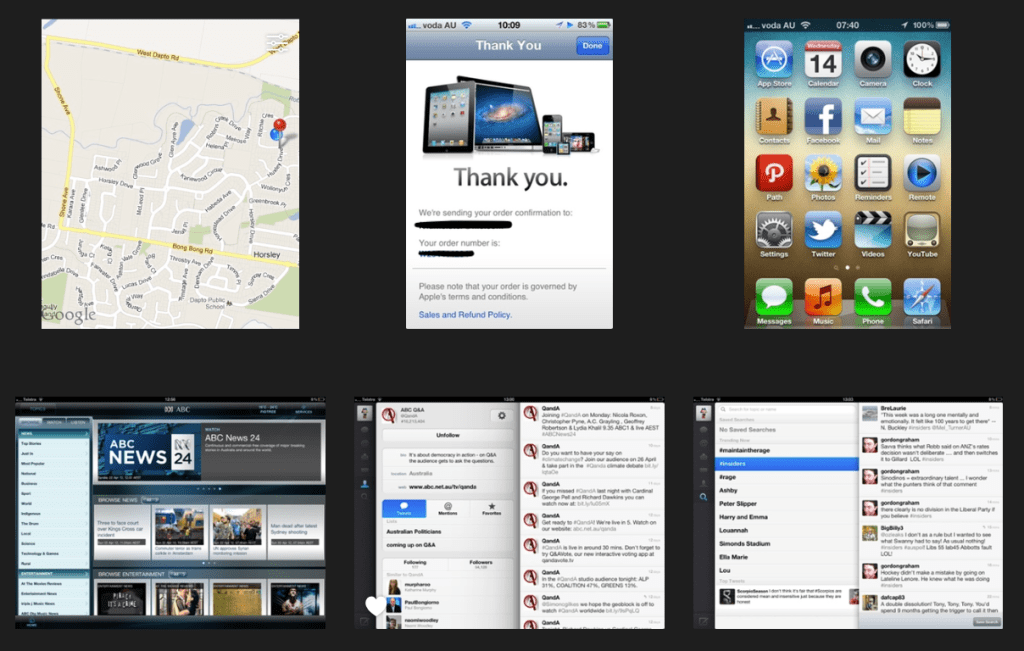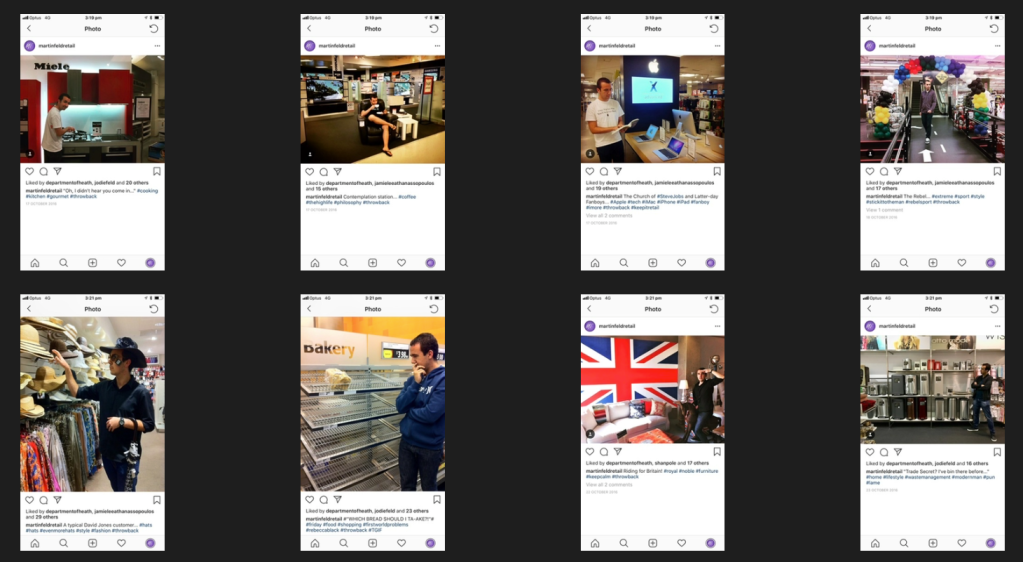This post was originally written in August 2021 for Hemispheric News; subscribe at the Patreon site One Prime Plus to receive this monthly newsletter and other benefits that are linked to the Hemispheric Views podcast.
My poor wife Natasha often has to deal with my extended monologues at home, whether they’re about technology, social observations or stories from the past. One of the most recent things that I ranted about was met with this succinct (and probably correct) response:
Martin, that’s a ‘non-problem’.
My rant was all about how iOS has affected the maintenance of my photo library over the years. As I presume to be addressing a somewhat nerdy audience here, let’s see if you agree with what I have to say.
On the one hand, iOS and now more recently, iPadOS, have both revolutionised the way that we take photos. Where we once had to carry dedicated point-to-shoot cameras, we now have smart devices with amazing capabilities in computational photography, the possibility to share instantly with friends and family and the benefit of beautiful, large displays for enjoying thousands of locally- or cloud-accessible images on-the-go. I love that I can take crisp low-light images, cool HDR shots, amazing panoramas and smooth 4K video all with the iPhone in my pocket.
On the other hand, this new world of possibility has also brought the power to pollute our photo libraries. While more limited, the earlier time of dedicated film and digital cameras was arguably more focused and deliberate. The issue to which I refer nowadays with iOS devices is the longstanding ability to save Web images and take screenshots.
Now, don’t get me wrong, I love that I can save images and take screenshots easily on my iPhone and iPad. I use these features regularly to keep memories, mark up items for sharing or embed images in my own writing (as you’ll see in this very article). What has happened over time, however, is my Photos library—carrying over from the earlier iPhoto—has become littered with myriad images that can best be described as useless ephemera. They were important or made sense at the time, but they now serve no purpose other than to distract from the otherwise engaging photo narrative of my life, which the Photos app is meant to facilitate. Eventually, Apple introduced a Screenshots album in Photos across its platforms, in an attempt to offer some way of organising these images, but I find that it was too late and that it also doesn’t deal with the fact that these images persist in your own main library view. If taking a screenshot with iOS and iPadOS now, I try to make a point of ‘Saving to Files’ instead.
I’ve never saved as many of these images as I’ve seen done by others in my circle of family and friends, but it still annoys me. Over the last few months, I’ve set occasional pockets of time aside to review the earlier screenshot crap in my library and decide whether or not they serve a purpose or represent a valuable memory.
Consider the following examples that I screenshot recently (on my Mac) for this article.
In this screenshot, you can see screenshots of a purchase confirmation, a map and some earlier views of the Home screen and Twitter and ABC News app interfaces on iOS. These were kept so that I wouldn’t lose proof of an order and perhaps to remember what earlier interfaces looked like, but are they worthy of sitting alongside my family photos? Easy to delete!

In this example, you can see screenshots that I saved of an old Instagram account that I used to run, called The Martin Feld Retail Photo Collection (or @martinfeldretail). Essentially, I used to take photos of myself in bizarre retail situations for a laugh, and various friends loved it. I later grew tired of and unimpressed with Instagram, so I deleted the account but also took screenshots of the very uploaded images for posterity. These are easy to delete but first need to be moved to an iCloud Drive folder.

The more problematic images that I’ve encountered fall into the category of screenshots of photos and moments from messaging apps. When I used to enjoy Snapchat with friends and family, for instance, I would screenshot funny moments that now reside amongst my other family photos. Do these old Snapchat screenshots also rank as family photos, or should they be stored in a separate folder in iCloud Drive, as they are of lower quality and represent a different type of memory and/or communication?
I know that what I am arguing for is perhaps a very lofty, old-hat view of Apple’s earlier ‘digital hub’ strategy, where every photo fits the idea of a crisp marketing shot, however I do feel removed from the narrative when I stumble upon such images in my library. They either contain text or are saved in a noticeably lower resolution than my other photos.
You may disagree, and if you do, I’d love to hear what you think or how you approach this issue. Get in touch through one of our channels!
Until then, if you do think that this is a non-issue, I’ll leave you with this concluding thought about screenshot- and Web-image-saving behaviour:
While you may happily take screenshots and save images directly to your Photos library on your iPhone without much hesitation, would you ever willingly do the same thing on your Mac, or do they land on the desktop or in another destination folder?
For some reason, we have come to tolerate a photo-saving behaviour on our mobile devices that would seem downright wrong on the Mac.